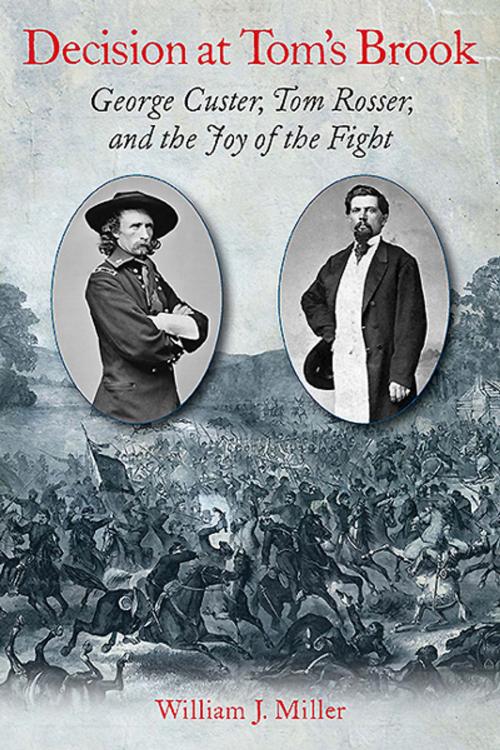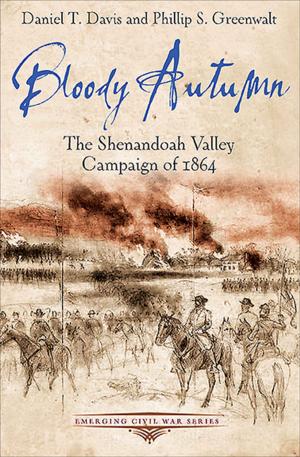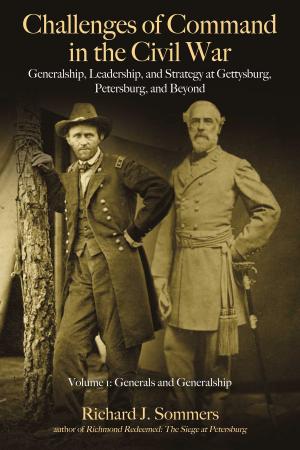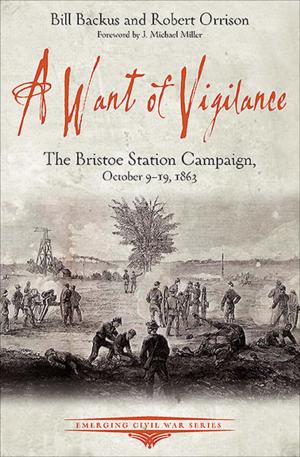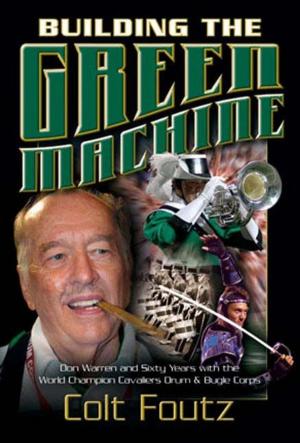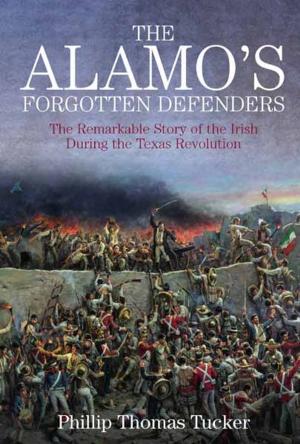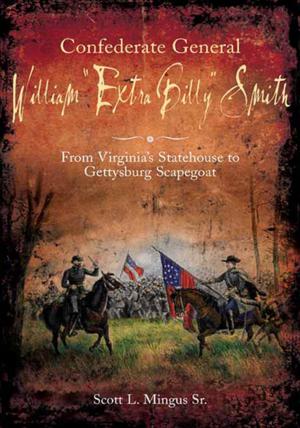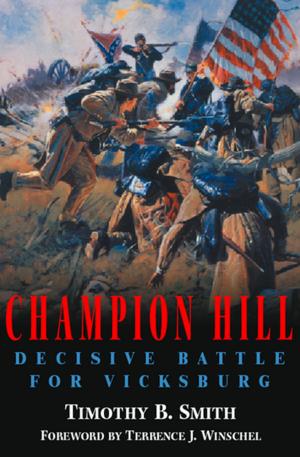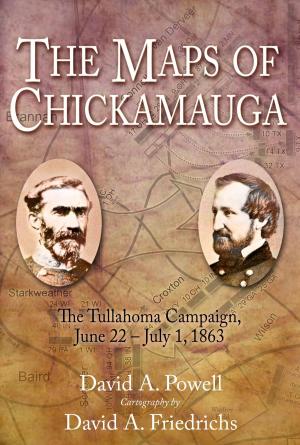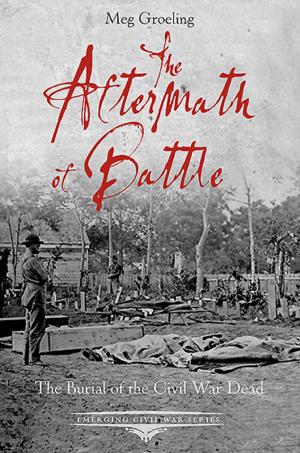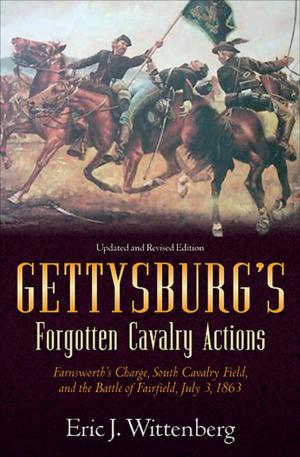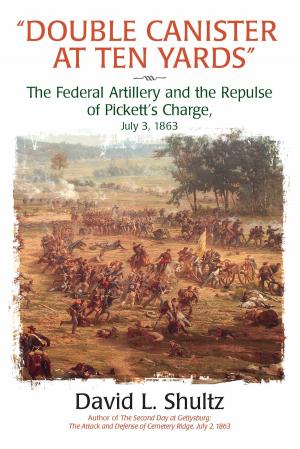Decision at Tom’s Brook
George Custer, Tom Rosser, and the Joy of the Fight
Nonfiction, History, Americas, United States, Civil War Period (1850-1877), Biography & Memoir, Historical| Author: | William Miller | ISBN: | 9781940669656 |
| Publisher: | Savas Beatie | Publication: | May 19, 2016 |
| Imprint: | Savas Beatie | Language: | English |
| Author: | William Miller |
| ISBN: | 9781940669656 |
| Publisher: | Savas Beatie |
| Publication: | May 19, 2016 |
| Imprint: | Savas Beatie |
| Language: | English |
The Battle of Tom’s Brook, recalled one Confederate soldier, was “the greatest disaster that ever befell our cavalry during the whole war.” The fight took place during the last autumn of the Civil War, when the Union General Phil Sheridan vowed to turn the crop-rich Shenandoah Valley into “a desert.” Farms and homes were burned, livestock slaughtered, and Southern families suffered.
The story of the Tom’s Brook cavalry affair centers on two young men who had risen to prominence as soldiers: George A. Custer and Thomas L. Rosser. They had been fast friends since their teenage days at West Point, but the war sent them down separate paths—Custer to the Union army and Rosser to the Confederacy. Each was a born warrior who took obvious joy in the exhilaration of battle. Each possessed almost all of the traits of the ideal cavalryman—courage, intelligence, physical strength, inner-fire. Only their judgment was questionable.
Their separate paths converged in the Shenandoah Valley in the summer of 1864, when Custer was ordered to destroy, and Rosser was ordered to stop him. For three days, Rosser’s gray troopers pursued and attacked the Federals. On the fourth day, October 9, the tables turned in the open fields above Tom’s Brook, where each ambitious friend sought his own advancement at the expense of the other. One capitalized upon every advantage fate threw before him, while the other, sure of his abilities in battle and eager to fight, attempted to impose his will on unfavorable circumstances and tempted fate by inviting catastrophe. This long-overlooked cavalry action had a lasting effect on mounted operations and influenced the balance of the campaign in the Valley.
Based upon extensive research in primary documents and gracefully written, award-winning author William J. Miller’s Decision at Tom’s Brook presents significant new material on Thomas Rosser, and argues that his character was his destiny. Rosser’s decision-making that day changed his life and the lives of hundreds of other men. Miller’s new study is Civil War history and high personal drama at its finest.
The Battle of Tom’s Brook, recalled one Confederate soldier, was “the greatest disaster that ever befell our cavalry during the whole war.” The fight took place during the last autumn of the Civil War, when the Union General Phil Sheridan vowed to turn the crop-rich Shenandoah Valley into “a desert.” Farms and homes were burned, livestock slaughtered, and Southern families suffered.
The story of the Tom’s Brook cavalry affair centers on two young men who had risen to prominence as soldiers: George A. Custer and Thomas L. Rosser. They had been fast friends since their teenage days at West Point, but the war sent them down separate paths—Custer to the Union army and Rosser to the Confederacy. Each was a born warrior who took obvious joy in the exhilaration of battle. Each possessed almost all of the traits of the ideal cavalryman—courage, intelligence, physical strength, inner-fire. Only their judgment was questionable.
Their separate paths converged in the Shenandoah Valley in the summer of 1864, when Custer was ordered to destroy, and Rosser was ordered to stop him. For three days, Rosser’s gray troopers pursued and attacked the Federals. On the fourth day, October 9, the tables turned in the open fields above Tom’s Brook, where each ambitious friend sought his own advancement at the expense of the other. One capitalized upon every advantage fate threw before him, while the other, sure of his abilities in battle and eager to fight, attempted to impose his will on unfavorable circumstances and tempted fate by inviting catastrophe. This long-overlooked cavalry action had a lasting effect on mounted operations and influenced the balance of the campaign in the Valley.
Based upon extensive research in primary documents and gracefully written, award-winning author William J. Miller’s Decision at Tom’s Brook presents significant new material on Thomas Rosser, and argues that his character was his destiny. Rosser’s decision-making that day changed his life and the lives of hundreds of other men. Miller’s new study is Civil War history and high personal drama at its finest.
